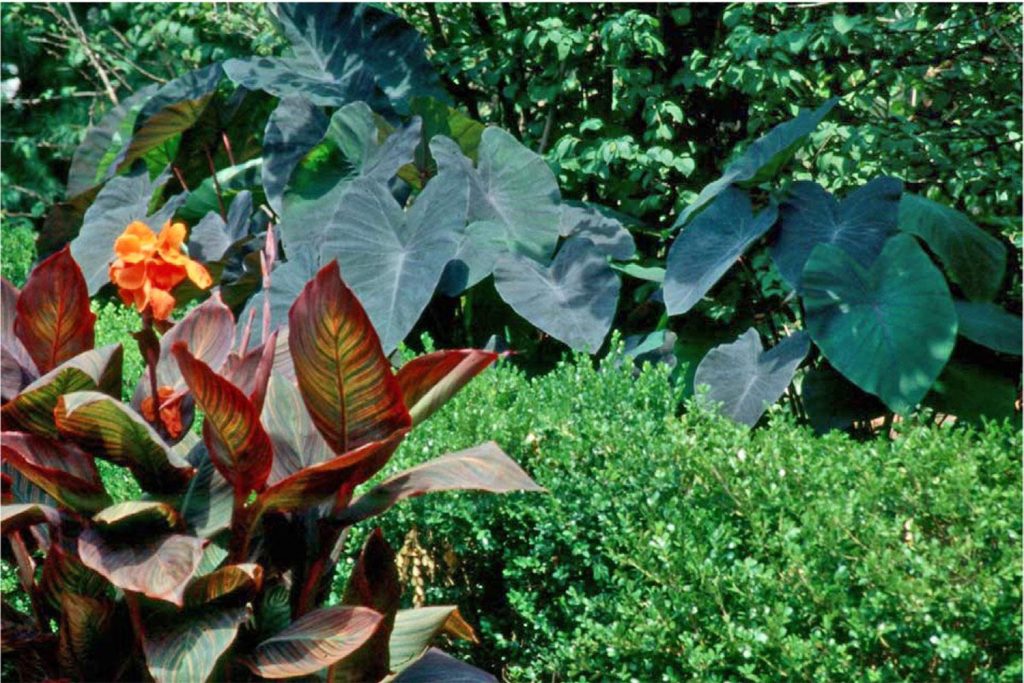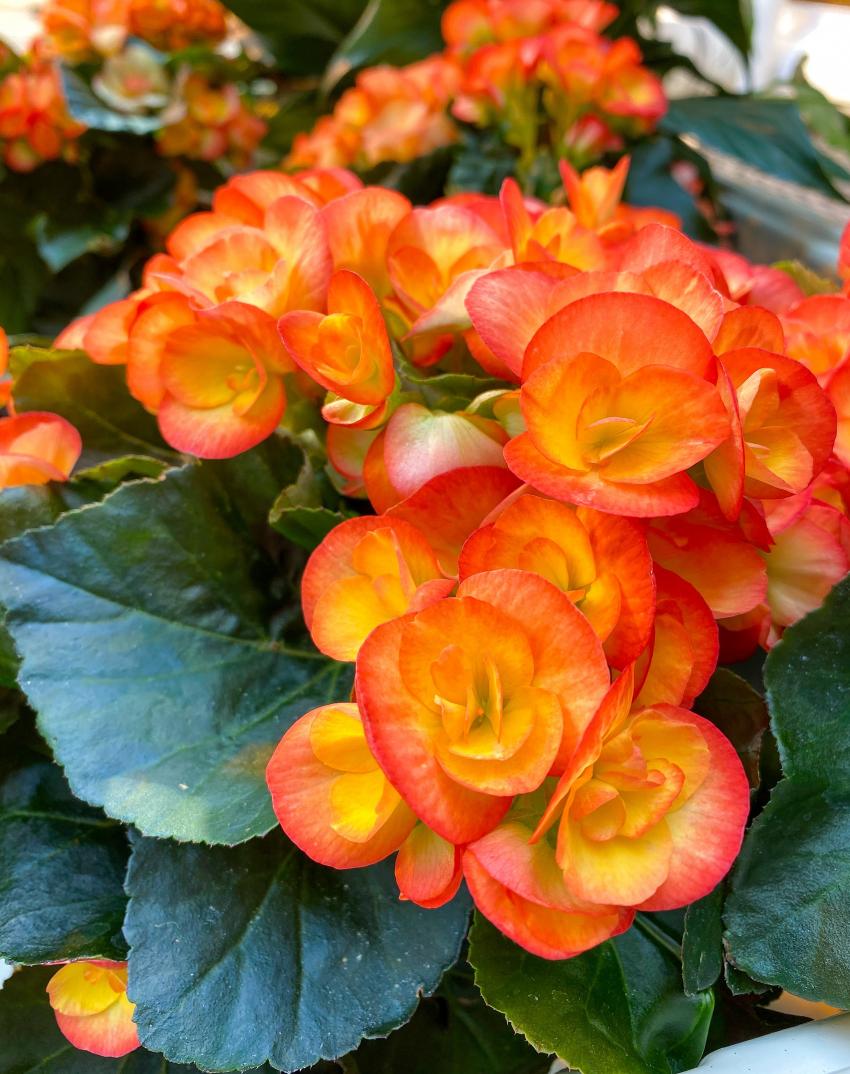Get a head start on beautiful summer blooms now

Spring is finally here, well early spring at least. Our soil outside is still too wet to work, but you can still get your hands in the “dirt” inside by jump starting some of the best flowers of summer: Cannas, elephant ears, begonias, and caladiums.
These summer bulbs/corms offer great color, structure and drama to the garden. But many of these are tender tropical plants, meaning they won’t survive in our cold, wet soils over winter. They need to be taken up after the tops are killed by fall frost and stored in a frost-free location until the next growing season.
Does that sound like a lot of work? Some think so, but you can’t beat the stunning tropical color and dramatic foliage of these plants. You have three options to get these showstopping plants for your garden this year. You can buy the dormant (dry) bulbs and corms (bulb like structures) right now and wait to plant them outside after all frost, usually mid-May.
You can also wait to just buy the living pre-grown plants when the stores have them out. But you will pay more for the luxury of a pre-grown plant, at least twice as much as the dormant bulb.
And then there is the best option — buy those dormant bulbs now, and pot them up inside right now, to get them going and growing 6 weeks ahead of time. This process is fairly easy and fast, and well worth the time. You can have your Cannas blooming by the end of June instead of late July. You only need a few simple tips to get growing.
To “awaken” these hard, dry, crusty tropical bulbs from their long winter sleep (dormancy) you need to give them moisture and warmth. You can use any container, even recycled, as long as it has a hole in the bottom for drainage.
As far as containers go, though, you have two choices: If you are planning on planting these bulbs in the ground, just use inexpensive, leftover containers you have to get them started now. But, if you want to lessen the work in the fall when it comes to tender plants, grow them in containers instead — permanently. So start them out in a large container right now, inside; then you can just take that pot in and out every season.
Once you have decided on your container strategy, fill with potting mix (I shouldn’t have to say this, but always will, never, ever use potting soil, too heavy, discourages growth). A great tip when using potting mix is to pre-moisten it ahead of time. I usually pour 2 or 3 cups into the potting mix bag the night before I want to plant. This helps to hydrate the mix, and also cuts down on the dust when planting.
Then it is time to plant these dry, sometimes strange-looking, bulbs, corms and tubers. The names don’t matter when planting. It is more that they are botanical terms that are derived from what plant part these fleshy outgrowths emerge. What is important, is they each have a little different planting style.
Cannas are long and fleshy roots; to plant them, lay them on their side 2”-3” down in the soil, with the nubs of the growing tips facing up. Don’t worry if there are growing tips on more than one side of the roots, Mother Nature gives plants an amazing superpower called geotropism, which orients plants to send their shoots up and their roots down.
You may be surprised to find that cannas are actually water marginal plants. They love growing in a wet spot or at a pond’s edge. Remember this as you pot them up now and be sure to keep them moist.
Another water-loving, tender plant that brings great drama to the garden are the Elephant Ears. These plants are Colocasia and alocasias. It is not their flower that they are grown for, but the dramatic foliage. Some are truly elephant ear-sized leaves, while others thrill with smaller leaves that have dramatic foliage, particularly near black foliage. My favorite variety is called coffee cups. It has striking dark purple venation and stems, and the leaves literally cup upward.
Plant elephant ear bulbs with the root side down (this can appear as a disc or whisker like hairs) and the growing tip, just below the soil. Provide these tropical beauties lots of water and as much sun as your windows can provide.
For those show-stopping, dinner plate sized dahlias, plant the tubers so their “eyes” (growing tips) face up and they are 2” below soil. Dahlias can grow to six feet, so they are best started inside then planted in the ground and substantially staked.
Caladiums and tuberous begonias are stars of the shade garden. Caladiums with their polka dotted, brightly colored leaves, and the begonias with their spectacular blooms. For tuberous begonias, the corm has a slight depression on one side; that is the side you face upward, then cover with one inch of soil. Water sparingly as early on in their growing the are susceptible to rot. For caladiums, look for little raised areas, to face upward, those are the growing points. Cover with one inch of soil.
Be sure to harden off these tropical transplants before setting them outside permanently. Early to mid-May, put them out for increasing amounts of time for a couple weeks, so they can adjust to our wind and sun.
They will reward you all season long!

Rieger and tuberous begonias can brighten up the shade garden with their spectacular non-stop blooms.
